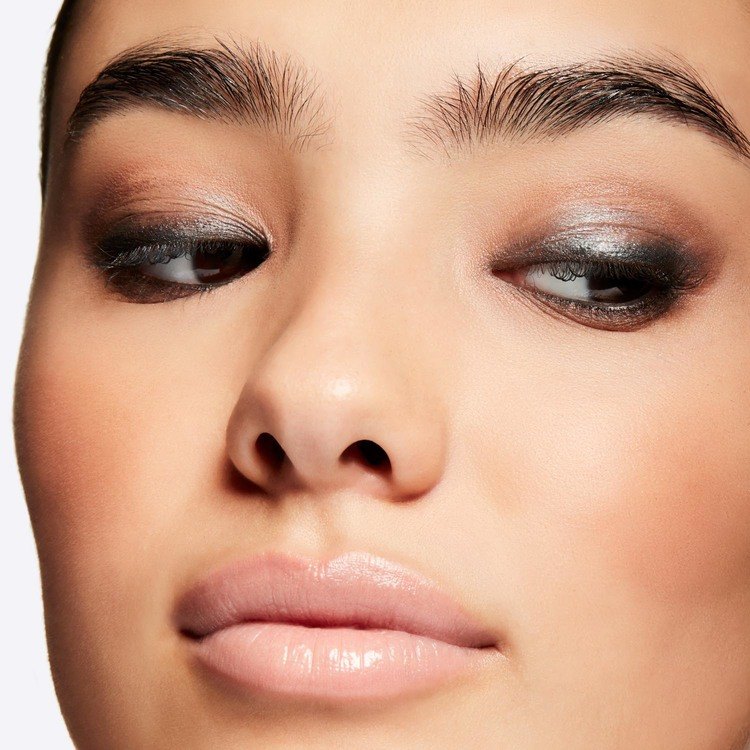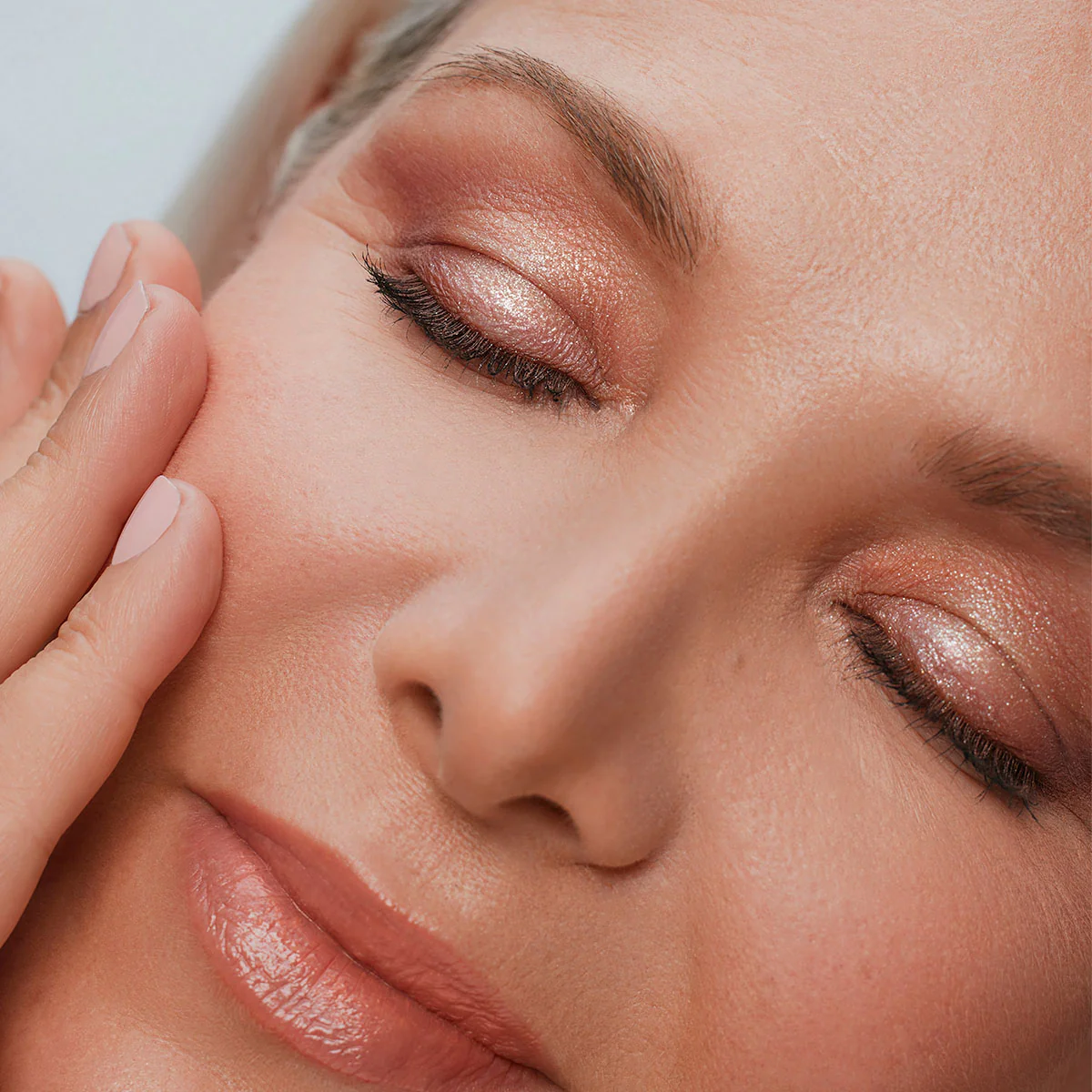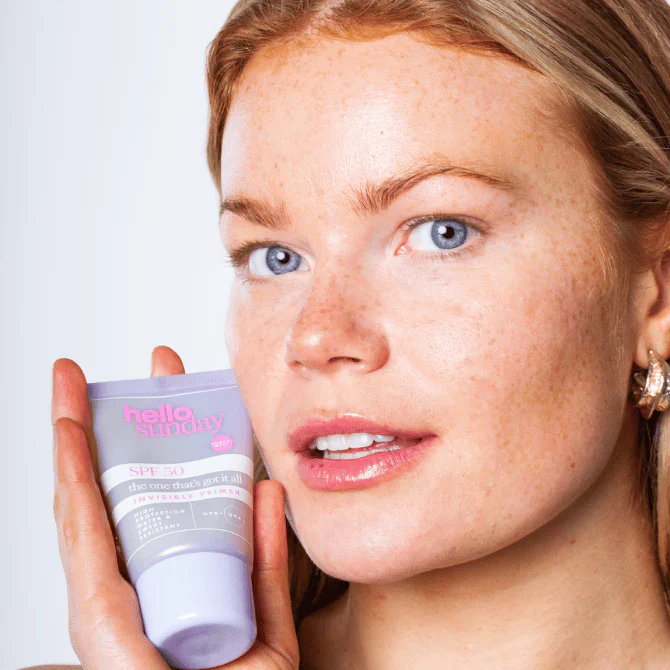
Makeup Primer: Your Secret to Flawless Skin
Introduction
Makeup primer revolutionizes beauty routines worldwide. This essential product creates a smooth canvas for makeup application. Primer enhances makeup longevity and improves overall appearance. It addresses various skin concerns, from oiliness to fine lines. Understanding primer unlocks the potential for flawless makeup looks. This comprehensive guide explores the world of makeup primers, their benefits, and how to choose the perfect one.
What Is Makeup Primer?
Makeup primer acts as a base layer between skincare and makeup. It prepares the skin for foundation and other products. Primers come in various formulations to suit different skin types. They can be clear, tinted, or color-correcting. Some primers focus on specific areas like eyes or lips. The primary goal of primer is to create an ideal surface for makeup application. It fills in pores, smooths fine lines, and evens out skin texture.
The concept of primer dates back to ancient civilizations. Egyptians used natural oils to prepare skin for pigments. In the 20th century, Hollywood makeup artists developed early primer formulas. These products helped actors’ makeup withstand hot stage lights. The 1990s saw the introduction of commercial primers for everyday use. Since then, primer has become a staple in many beauty routines. Modern primers incorporate advanced skincare ingredients and technology.
Benefits of Using Makeup Primer
Primer significantly increases the longevity of makeup. It creates a barrier between skin oils and makeup. This barrier prevents foundation from breaking down or sliding off. Primers with oil-control properties absorb excess sebum throughout the day. Water-resistant primers help makeup withstand humidity and sweat. Using primer can extend makeup wear from a few hours to all day. This benefit makes primer essential for special events or long workdays.
Primer smooths and evens out skin texture. This smooth base allows for easier makeup application. Foundation glides on more evenly over primed skin. Powder products blend more seamlessly on a primed surface. Some primers have a slight tackiness that helps makeup adhere better. Color-correcting primers can neutralize skin tone issues before foundation application. The result is a more polished and professional makeup look.
Many primers offer skincare benefits beyond makeup prep. Hydrating primers boost skin moisture levels. Primers with SPF provide additional sun protection. Some formulas include antioxidants to fight free radical damage. Pore-minimizing primers can improve skin texture over time. Primers with soothing ingredients calm redness and irritation. These added benefits make primer a multifunctional product in beauty routines.
Types of Makeup Primers
Silicone-based primers offer excellent pore-filling and smoothing properties. They create a velvety-smooth surface for makeup application. These primers work well for oily or acne-prone skin. Silicone formulas effectively blur the appearance of fine lines and wrinkles. They provide a matte finish that controls shine throughout the day. However, some people may experience sensitivity to silicone ingredients. It’s important to patch test silicone-based primers before full application.
Water-based primers suit a wider range of skin types. They provide hydration without adding excess oil. These primers feel lightweight and breathable on the skin. Water-based formulas work well under both liquid and powder foundations. They often incorporate skincare ingredients like hyaluronic acid. Sensitive or acne-prone skin may prefer water-based options. These primers offer a more natural finish compared to silicone-based ones.
Color-correcting primers address specific skin tone issues. Green primers neutralize redness from acne or rosacea. Lavender primers brighten sallow or dull complexions. Peach or orange primers combat dark circles or hyperpigmentation. Yellow primers balance out purple-toned under-eye areas. These specialized primers can reduce the need for heavy concealer. They create a more even base for foundation application. Color-correcting primers work best when applied sparingly to problem areas.
Illuminating primers add a subtle glow to the skin. They contain light-reflecting particles for a radiant finish. These primers work well for dry or mature skin types. They can be applied all over or used as targeted highlighters. Illuminating primers enhance the appearance of dull or tired skin. They create a youthful, dewy look under makeup. Some formulas offer color-correcting properties along with illumination.
How to Choose the Right Primer
Consider Your Skin Type
Skin type plays a crucial role in selecting the right primer. Oily skin benefits from mattifying, oil-control primers. Dry skin requires hydrating, nourishing primer formulas. Combination skin may need different primers for various face areas. Sensitive skin should opt for gentle, fragrance-free options. Acne-prone skin may prefer non-comedogenic, clarifying primers. Understanding skin type ensures the most effective primer choice.
Identify Your Main Concerns
Prioritize the main skin concerns when choosing a primer. Fine lines and wrinkles require smoothing, plumping primers. Uneven texture benefits from pore-minimizing formulas. Dullness calls for illuminating or radiance-boosting options. Redness or discoloration needs color-correcting primers. Excessive oiliness demands oil-control or mattifying products. Matching the primer to specific concerns maximizes its effectiveness.
Consider Your Foundation Type
The choice of foundation influences primer selection. Liquid foundations pair well with both silicone and water-based primers. Powder foundations often work better with silicone-based options. Mineral makeup benefits from primers that enhance adherence. BB creams and tinted moisturizers may require lighter, more hydrating primers. Ensure the primer and foundation formulas are compatible for best results.
Test Before Committing
Always test primers before purchasing full-size products. Many brands offer samples or travel-sized options. Apply the primer to a small area and observe its performance. Check for any adverse reactions or incompatibility with regular skincare. Evaluate how the primer interacts with foundation and other makeup products. Testing helps avoid wasting money on unsuitable products.
Application Techniques for Makeup Primer
Proper skin preparation enhances primer effectiveness. Cleanse the face thoroughly to remove dirt and oil. Apply regular skincare products, allowing them to absorb fully. Wait a few minutes before applying primer to ensure a clean, dry surface. This preparation ensures the primer adheres properly to the skin. It also prevents pilling or balling up of products.
Use primer sparingly for best results. A pea-sized amount usually suffices for the entire face. Apply small dots of primer to key areas: forehead, cheeks, nose, and chin. Too much primer can lead to a heavy, cakey appearance. It may also interfere with foundation application. Start with less and build up if necessary.
Apply primer using gentle, pressing motions. Avoid rubbing or tugging at the skin. Use clean fingers or a makeup sponge for application. Work from the center of the face outward for even distribution. Pay extra attention to areas with visible pores or fine lines. Allow the primer to set for a minute before applying foundation. This technique ensures smooth, even coverage.
Some areas may require special attention during primer application. Apply extra primer to oily zones like the T-zone. Use pore-minimizing primer on areas with enlarged pores. Dab color-correcting primer on spots with discoloration. Apply illuminating primer to high points of the face for a subtle glow. This targeted approach maximizes the primer’s benefits.

Common Mistakes to Avoid
Primer does not replace proper skincare. Always complete a full skincare routine before primer application. This includes cleansing, toning, and moisturizing. Skipping skincare can lead to dry patches or uneven primer application. It may also reduce the overall effectiveness of the primer.
Applying excessive primer can backfire. It may cause makeup to slide off or appear cakey. Too much primer can clog pores and lead to breakouts. It can also interfere with the natural skin texture. Use primer sparingly and build up if necessary. A little goes a long way with most primer formulas.
Not all primers work well with all foundations. Mixing water-based primers with silicone-based foundations can cause separation. Oil-based products may not adhere well to certain primers. Check the ingredients and formulations of both primer and foundation. Ensure they are compatible for the best makeup application.
Some primers benefit from being set with powder. This is especially true for oily skin types. Setting the primer can enhance its longevity and oil-control properties. Use a translucent powder lightly over the primed skin. This step creates an extra barrier for longer-lasting makeup.
Innovative Primer Formulations
Hybrid primers combine multiple benefits in one product. They might offer color correction and pore minimizing. Some hybrids include skincare ingredients like antioxidants. Others provide both mattifying and illuminating properties. These multitasking products simplify beauty routines. They appeal to consumers seeking efficiency in their makeup products.
Technology plays a growing role in primer formulations. Some primers adapt to skin temperature for optimal performance. Others change color upon application to match skin tone. UV-sensitive primers provide extra sun protection when exposed to light. These smart formulations offer customized benefits for each user. They represent the cutting edge of primer technology.
The demand for natural and clean beauty products extends to primers. Many brands now offer primers free from silicones and synthetic chemicals. Plant-based ingredients replace traditional fillers and smoothing agents. These formulas cater to eco-conscious and health-focused consumers. They often provide skincare benefits alongside makeup prep.

The Future of Makeup Primers
The beauty industry moves towards personalized products. Future primers may be custom-blended for individual skin needs. AI and machine learning could recommend perfect primer matches. At-home devices might analyze skin and create tailored primer formulas. This personalization ensures optimal performance for each user.
Primers continue to incorporate advanced skincare ingredients. Future formulas may offer more pronounced anti-aging effects. They might include active ingredients typically found in serums. Primers could potentially replace multiple skincare steps. This evolution blurs the line between makeup and skincare products.
Sustainability becomes increasingly important in beauty products. Future primers may come in refillable or biodegradable packaging. Brands might source ingredients through ethical, eco-friendly methods. Water-free formulas could reduce environmental impact. These changes reflect growing consumer demand for sustainable beauty options.
Conclusion
Makeup primer stands as a game-changer in beauty routines. It offers numerous benefits for makeup application and wear. Choosing the right primer involves considering skin type and concerns. Proper application techniques maximize primer effectiveness. As technology advances, primers continue to evolve and improve. Whether for daily wear or special occasions, primer remains an essential beauty tool. It paves the way for flawless, long-lasting makeup looks.



